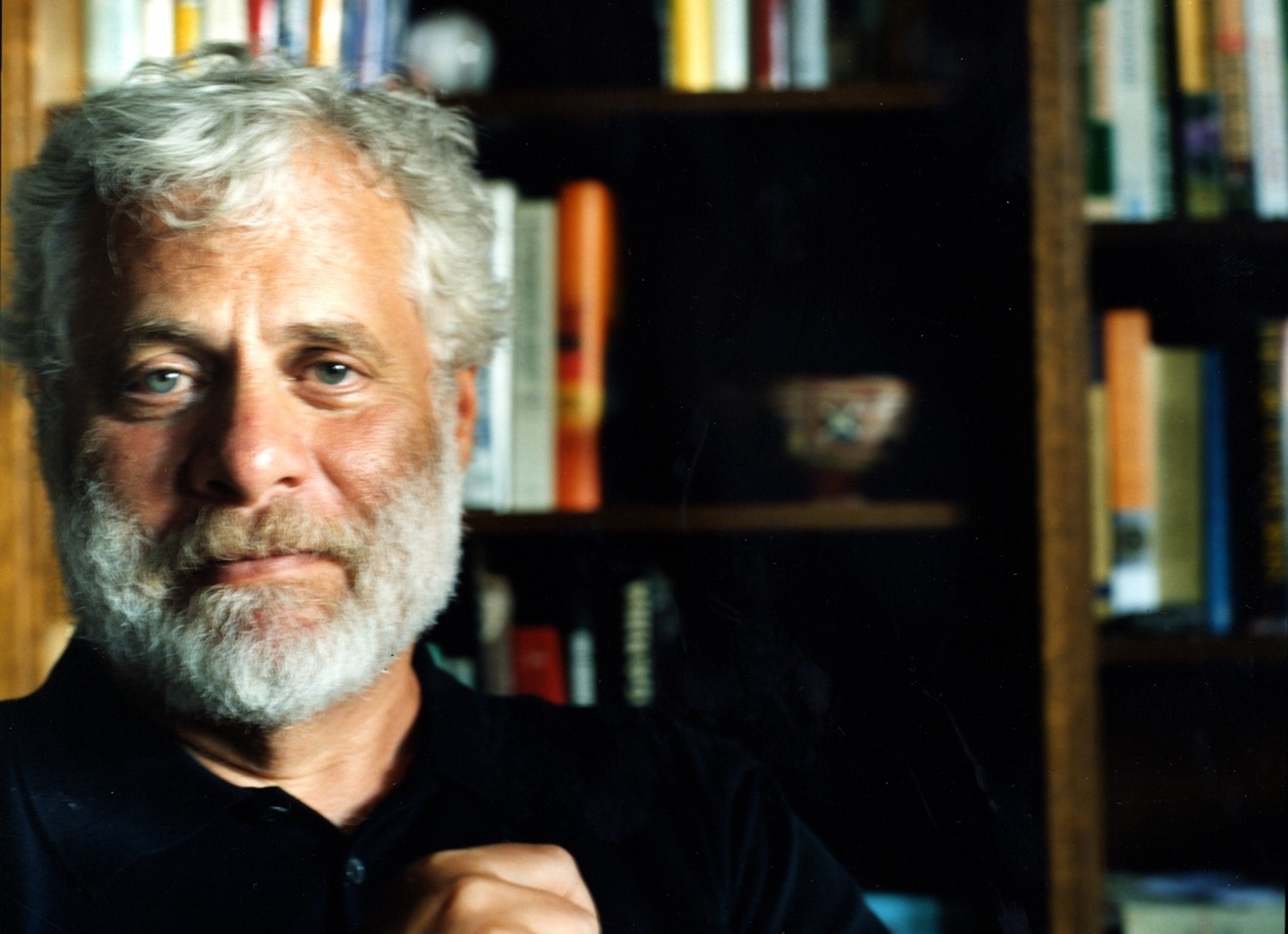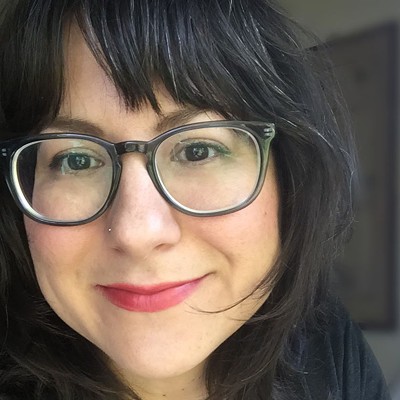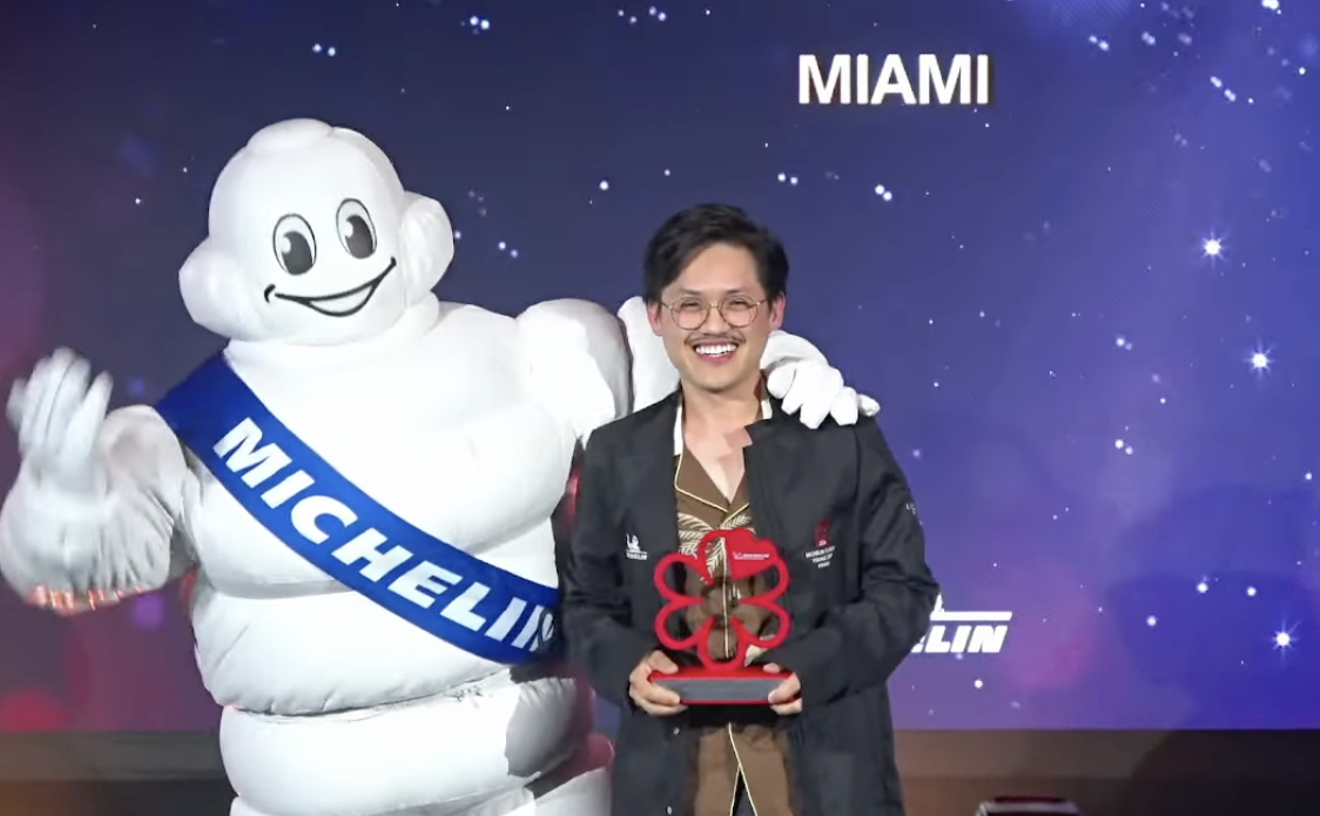Have you ever pondered the importance of the onion?
As both a journalist and historian, Mark Kurlansky has done more than ponder the humble vegetable. Best known as a New York Times-bestselling author of books that focus on foods and their role in culture and history, he recently dedicated an entire book to the topic.
Fans of his work are most familiar with the author's 1997 James Beard award-winning book Cod: A Biography of the Fish That Changed The World. Or perhaps The Basque History of the World, his 1999 work detailing the culinary history of the border between France and Spain. And still more may have devoured his 2002 book Salt: A World History, where he chronicles the importance of this common household ingredient.
Here at New Times, Kurlansky is also known as a journalist who penned one of the paper's first articles — complete with a detailed map — referencing the Miami homes of deposed dictators and tyrants published in the paper's inaugural 1987 issue. At the time, Kurlansky was a Miami Beach-based international correspondent for the Chicago Tribune.
This month, the author returns to the Magic City, this time to promote his latest book, The Core of an Onion: Peeling the Rarest Common Food, at the 40th annual Miami Book Fair taking place November 12-19. The literary festival organized by Miami Dade College will feature more than 400 authors as it takes over the streets of downtown as part of the eight-day event.
Kurlansky will speak alongside author and radio host Linda Gassenheimer. As a preview to his appearance, he shares a few memories of Miami in the '80s, back when it was "a small town where everybody knew each other," and Joe's Stone Crab and Mac's Club Deuce were the only restaurants serving food on Miami Beach.
It was also when he met Miami Book Fair and Books & Books founder Mitchell Kaplan, who opened the Coral Gables bookstore in 1982. "Even when it was just one room," Kurlansky says. "It was the best bookstore around."
In those days, Kurlansky would report five stories each week for the Chicago daily newspaper, one of which was focused on food. Now, as a food historian and anthropologist, he intensively explores the ways in which food can shape our lives.
"To write a book about something, it has to have a great story. I always look for the story," he says. "People always say I write about these commonplace things, but you've got to ask, 'Why did something become commonplace?' It becomes commonplace because it has unusual attributes that everybody wants."
Unusual, like the onion spotlighted in Kurlansky's book, which goes on sale Tuesday, November 7.
The vegetable is used in almost every culture and grows in nearly every environment. But it is not, he insists, ordinary. Take rabbits, a wild animal known for eating almost everything in a garden, but not onions. Onions spit out sulfuric acid as a defense mechanism, and that's what makes us cry as we cut them.
"They're smarter than us," he says of rabbits.
Kurlansky's upcoming book includes around 100 historic recipes mined from the thousand or so food-history books he has packed into his office. The recipes are written not as formulas like you'd find in modern recipe books but as they were in the past: narratives.
"They inform of the culture and time period in which they were written, and about the mostly women who wrote them," he adds, including one of his favorite stories highlighting Peruvian salsa criolla, a condiment used to make a sort of faux ceviche, requiring red onions in place of fish — a ceviche for the poor, if you will.
How to eat an onion has also stirred up debate over the centuries. Some cultures believe they're only edible when cooked. Kurlansky says Gassenheimer doesn't cook with raw onions and expects this controversial topic to be part of their back-and-forth discussion.
"When the Arabs occupied Sicily, they wrote about how backward the people of Palermo were because they ate raw onions. On the other hand, James Beard loved raw onions," says Kurlansky, whose book includes some of the legendary chef's recipes, including a raw onion and sardine sandwich on oat bread. "After all, if you're going to eat an onion, it might as well be done right."
In the Kitchen With Mark Kurlansky. 4 p.m. Saturday, November 18, at 300 NE Second Ave., Room 8202 (Building 8, Second Floor), Miami; miamibookfair.com.
[
{
"name": "Air - MediumRectangle - Inline Content - Mobile Display Size",
"component": "19274298",
"insertPoint": "2",
"requiredCountToDisplay": "2"
},{
"name": "Editor Picks",
"component": "17482312",
"insertPoint": "4",
"requiredCountToDisplay": "1"
},{
"name": "Inline Links",
"component": "18711090",
"insertPoint": "8th",
"startingPoint": 8,
"requiredCountToDisplay": "7",
"maxInsertions": 25
},{
"name": "Air - MediumRectangle - Combo - Inline Content",
"component": "17482310",
"insertPoint": "8th",
"startingPoint": 8,
"requiredCountToDisplay": "7",
"maxInsertions": 25
},{
"name": "Inline Links",
"component": "18711090",
"insertPoint": "8th",
"startingPoint": 12,
"requiredCountToDisplay": "11",
"maxInsertions": 25
},{
"name": "Air - Leaderboard Tower - Combo - Inline Content",
"component": "17482313",
"insertPoint": "8th",
"startingPoint": 12,
"requiredCountToDisplay": "11",
"maxInsertions": 25
}
]












